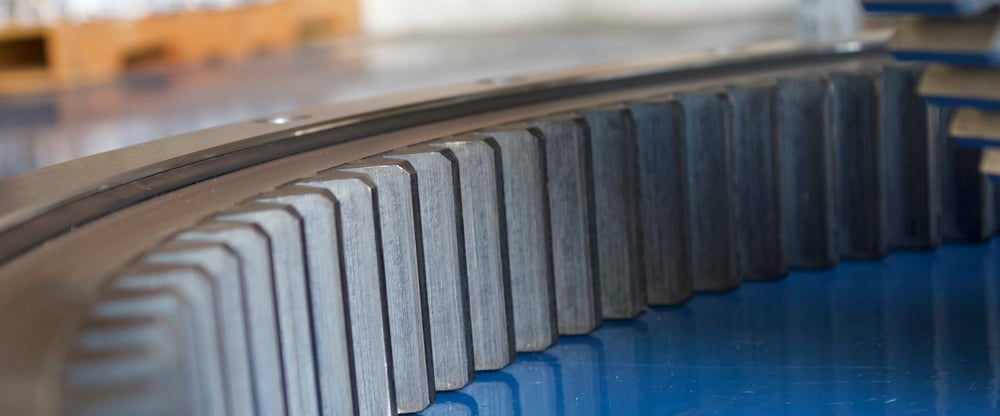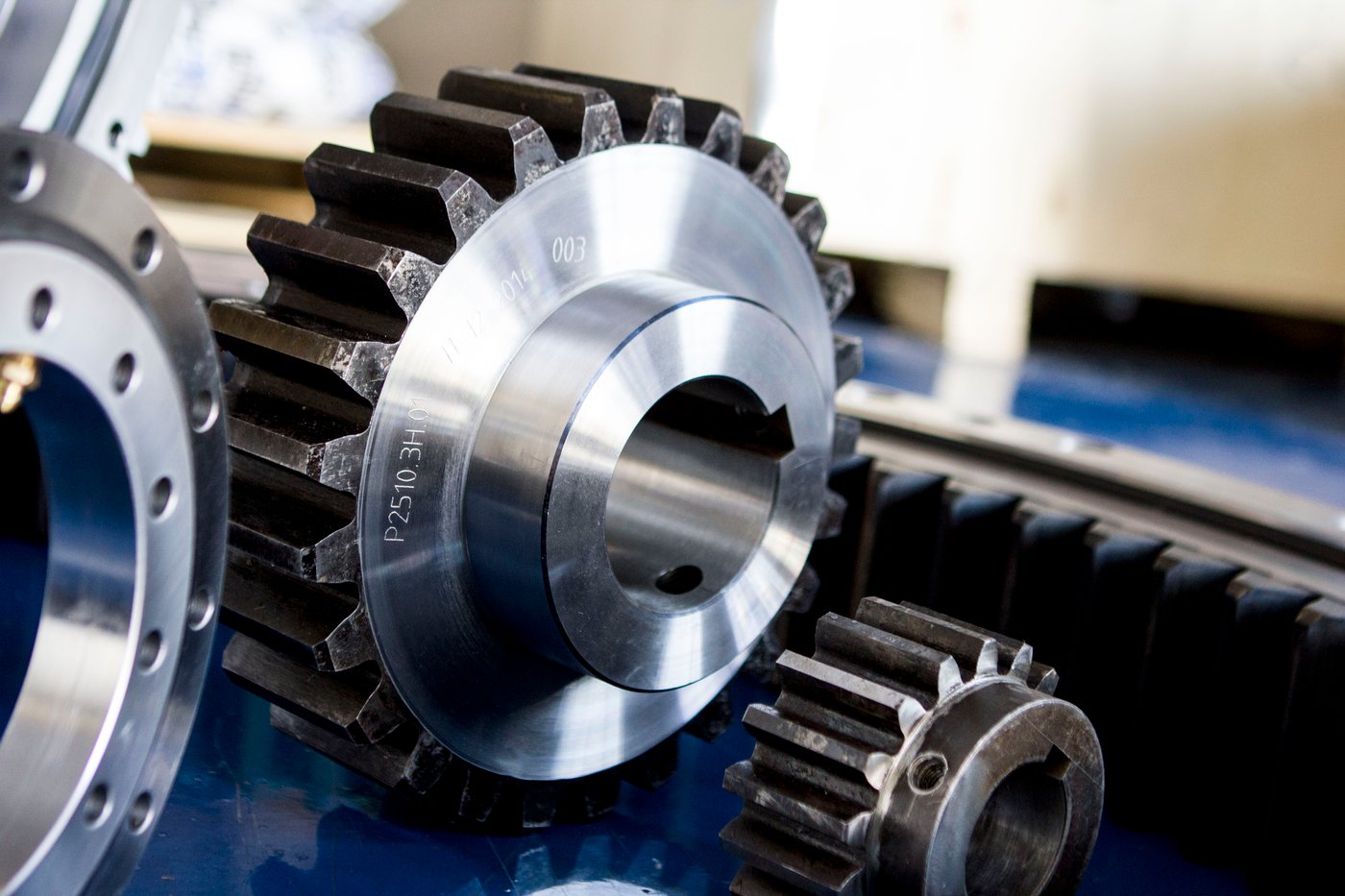Slewing ring bearings are crucial components in machinery requiring rotational movement, load support, and high precision. Two of the most commonly used types are single row ball slewing ring bearings and cross roller slewing ring bearings. Each offers distinct advantages and is suited for specific applications based on load capacity, precision, and structural demands.
Single Row Ball Slewing Ring Bearings
Structure & Design
Single row ball slewing bearings consist of a single row of steel balls between inner and outer rings. These balls typically run in a four-point contact configuration, which allows the bearing to support axial loads, radial loads, and tilting moments simultaneously.
Advantages
- Versatility: Able to handle combined loads in all directions.
- Cost-effective: Simpler construction means lower manufacturing and replacement costs.
- Compact design: Space-saving design ideal for lighter-duty applications.
Ideal Applications
- Cranes and small excavators
- Turntables
- Wind turbines
- Food processing and packaging machines
Why Use Single Row Ball Bearings?
Use them when:
- The load conditions are moderate.
- Lower manufacturing cost is a priority.
- High-speed rotation isn't necessary.
- You need a compact and easily serviceable solution.
Cross Roller Slewing Ring Bearings
Structure & Design
Cross roller bearings feature cylindrical rollers arranged at right angles to each other in a crisscross pattern between the raceways. This configuration significantly increases stiffness and rotational accuracy.
Advantages
- Higher rigidity: The cross-arrangement of rollers provides minimal deformation under load.
- Superior precision: Reduced clearance enables higher accuracy in positioning.
- High load capacity: Excellent at handling heavy axial and radial loads as well as moments.
Ideal Applications
- Robotics and automation
- Machine tools
- Medical imaging devices (e.g., CT scanners)
- Aerospace and defense applications
Why Use Cross Roller Bearings?
Use them when:
- High rigidity and accuracy are crucial.
- The machine experiences frequent or dynamic directional changes.
- There is a need to minimize rotational backlash or vibration.
- Load-bearing and durability take priority over cost.
Comparison Summary
Feature |
Single Row Ball |
Cross Roller |
|---|---|---|
|
Load Capacity |
Moderate |
High |
|
Stiffness |
Moderate |
Very High |
|
Accuracy |
Moderate |
High |
|
Cost |
Lower |
Higher |
|
Maintenance |
Easier |
More Complex |
|
Common Use |
General industry |
High-precision machinery |
Final Considerations
Selecting the right slewing bearing type is not just about performance specs. It’s about aligning your choice with application-specific needs, such as:
- Load direction and intensity
- Rotational accuracy requirements
- Cost constraints
- Installation space
Consulting with an experienced bearing supplier or engineer can also help ensure the best fit for your equipment’s demands.




